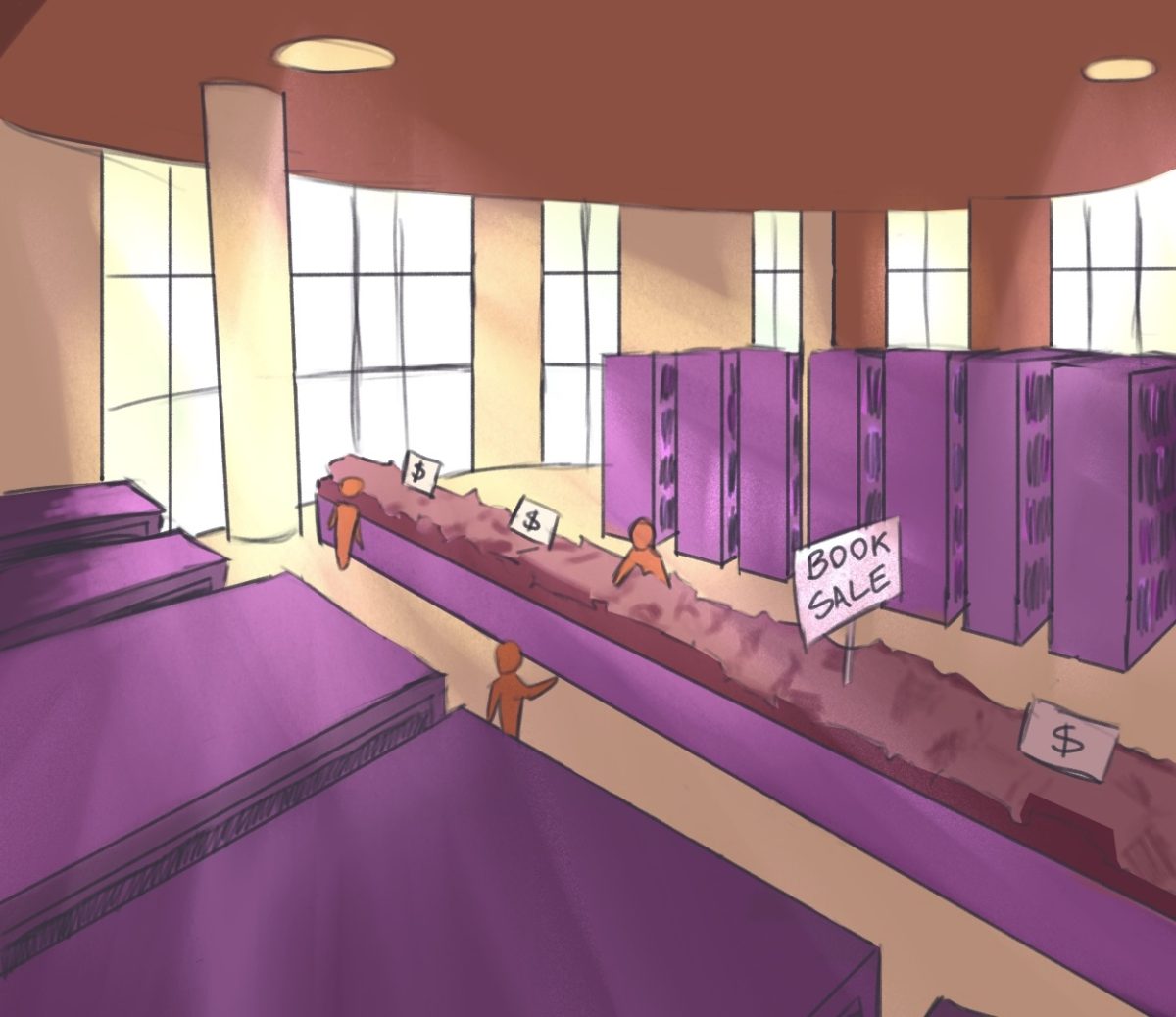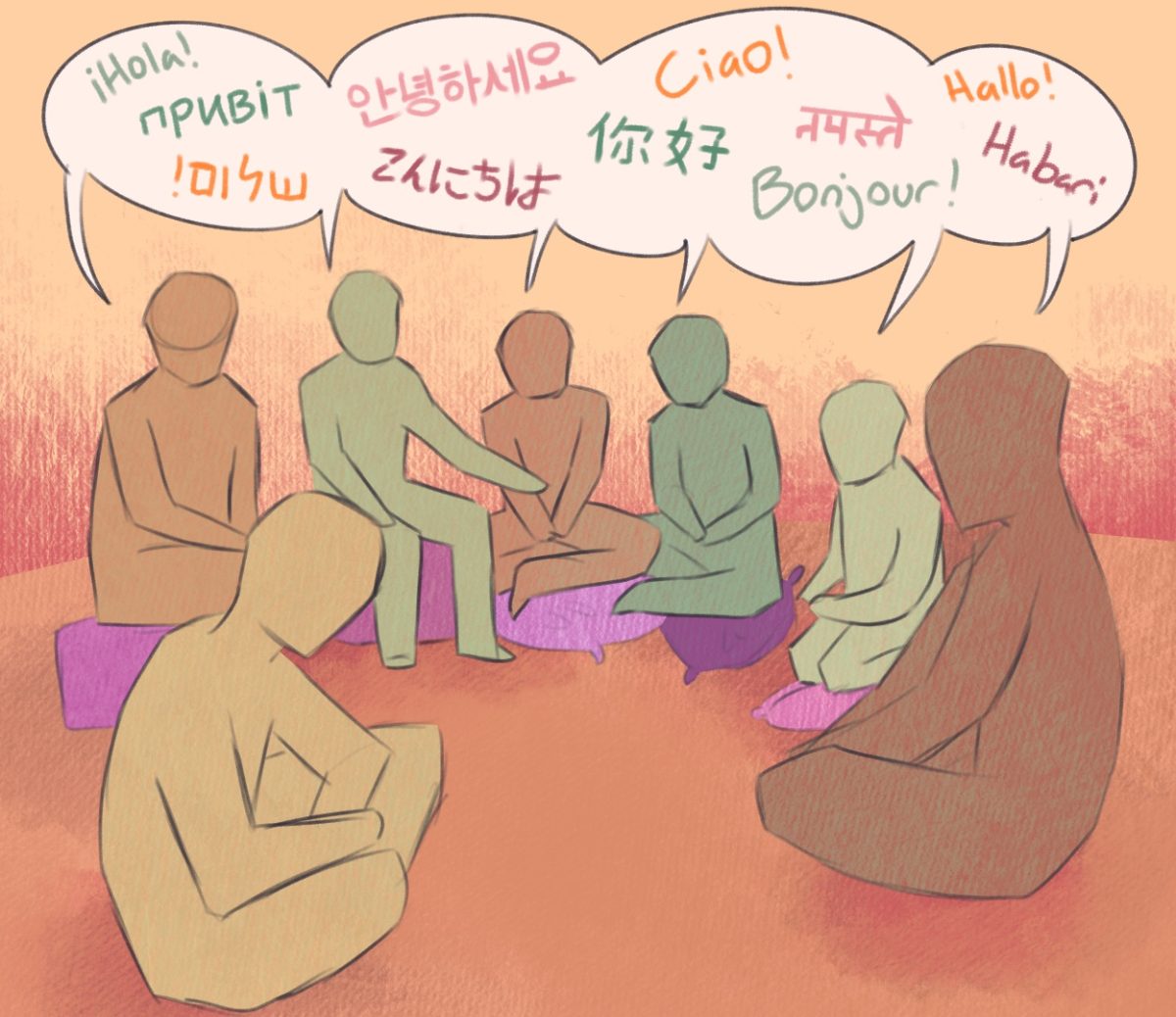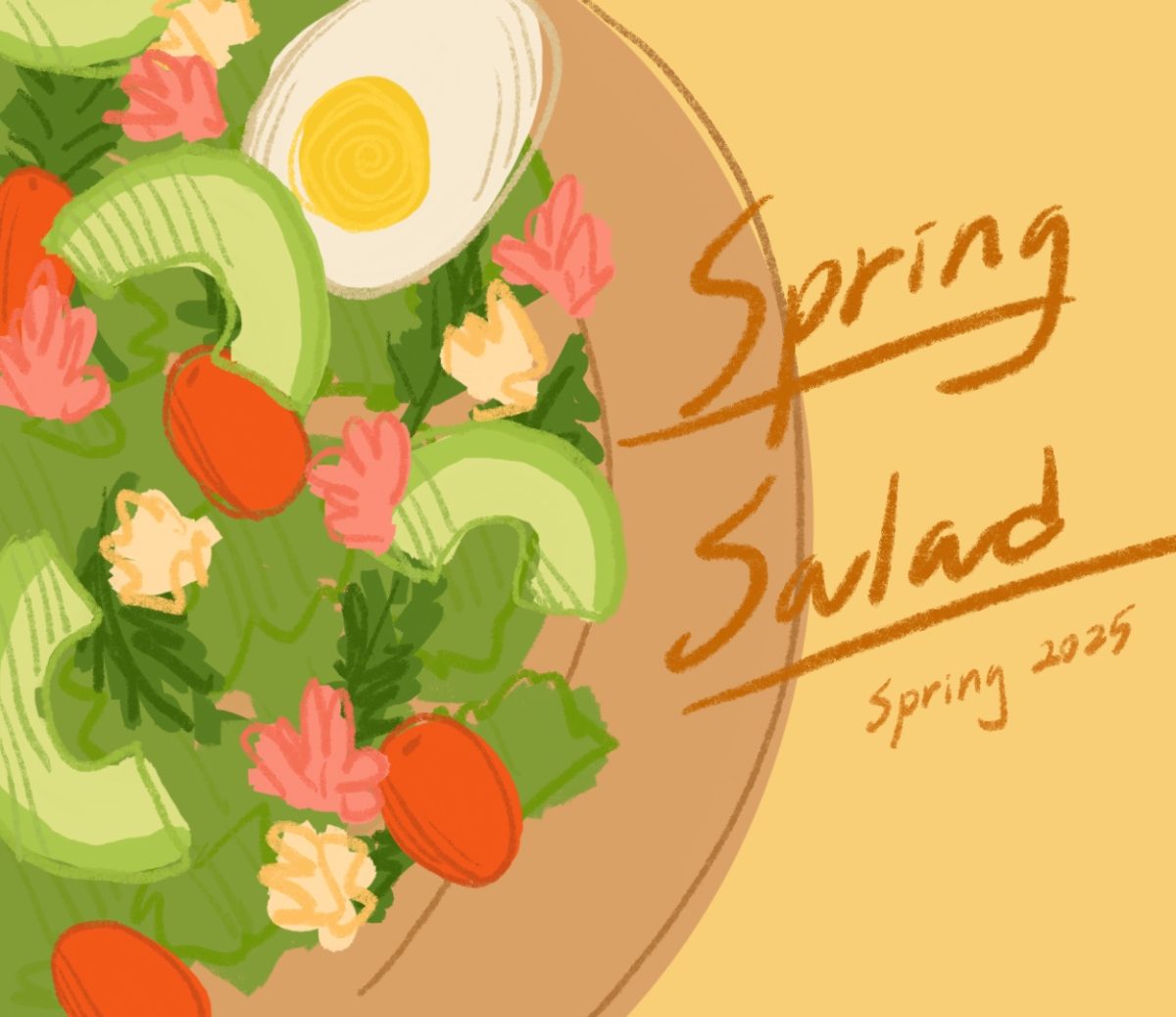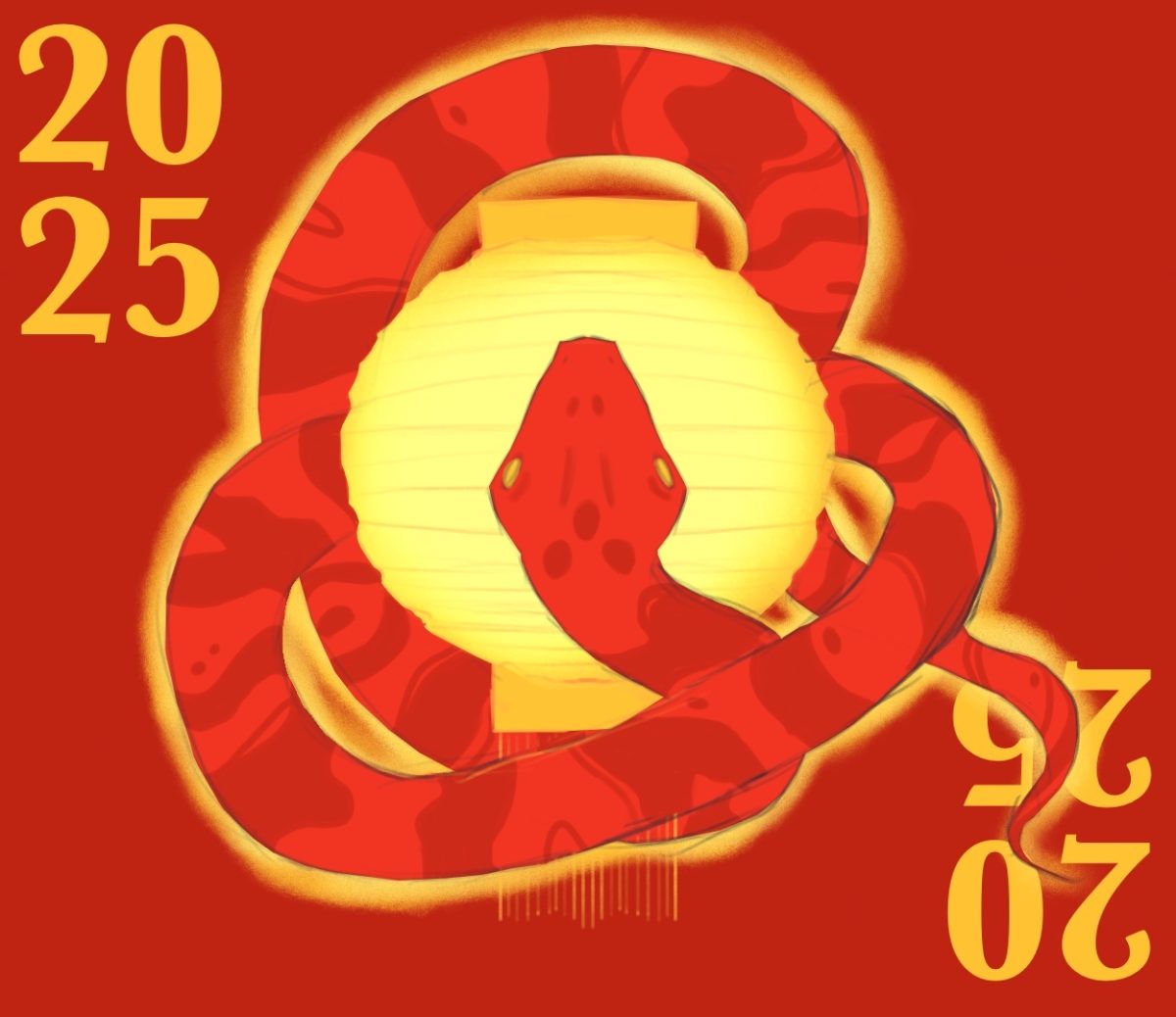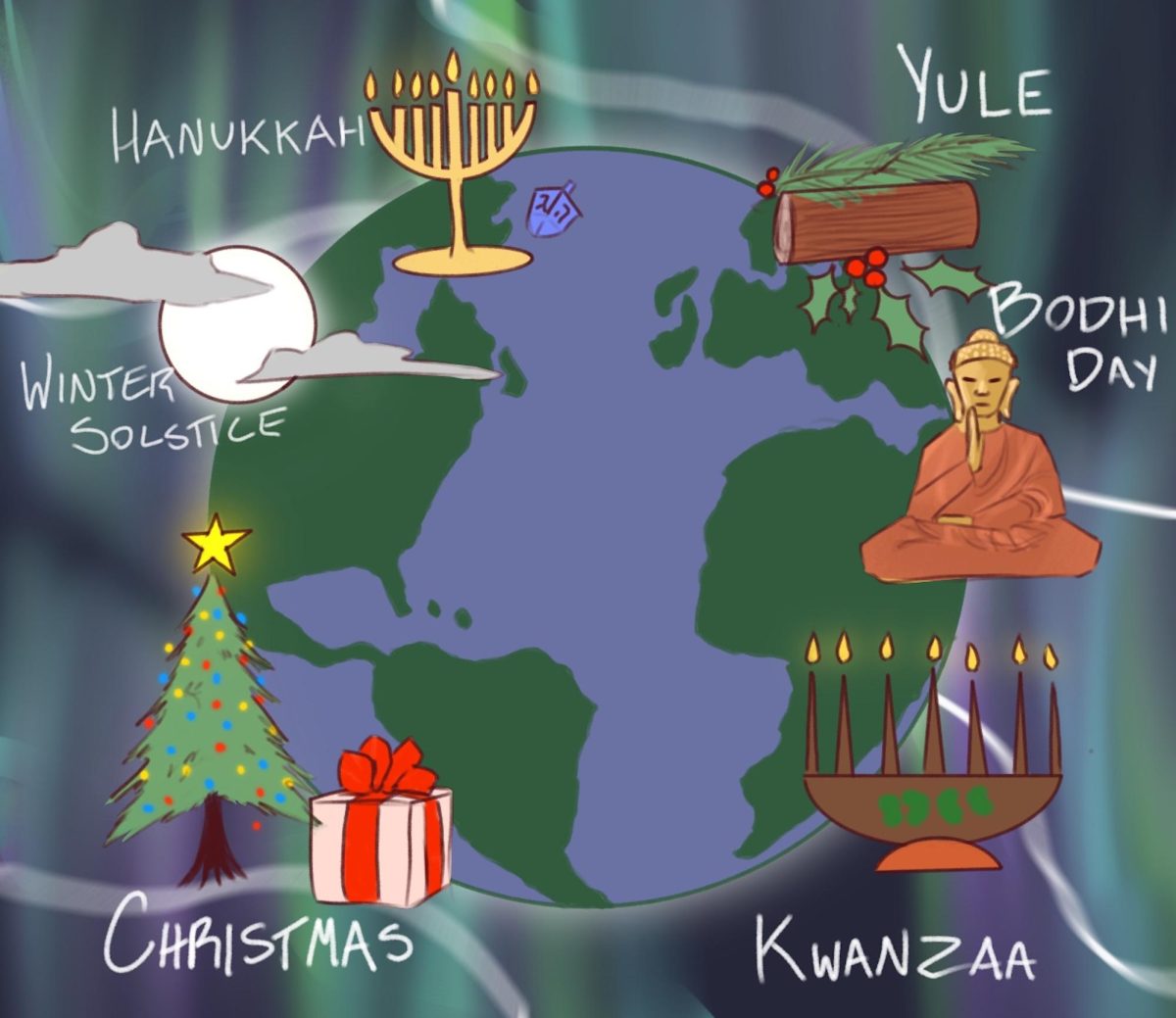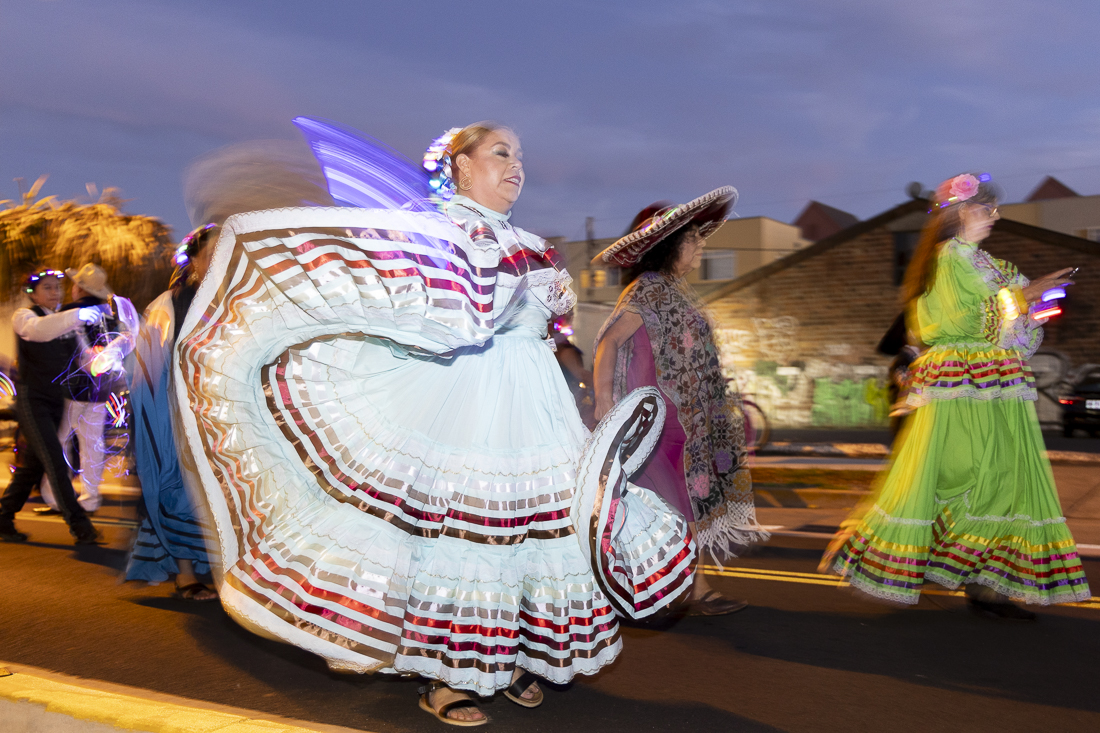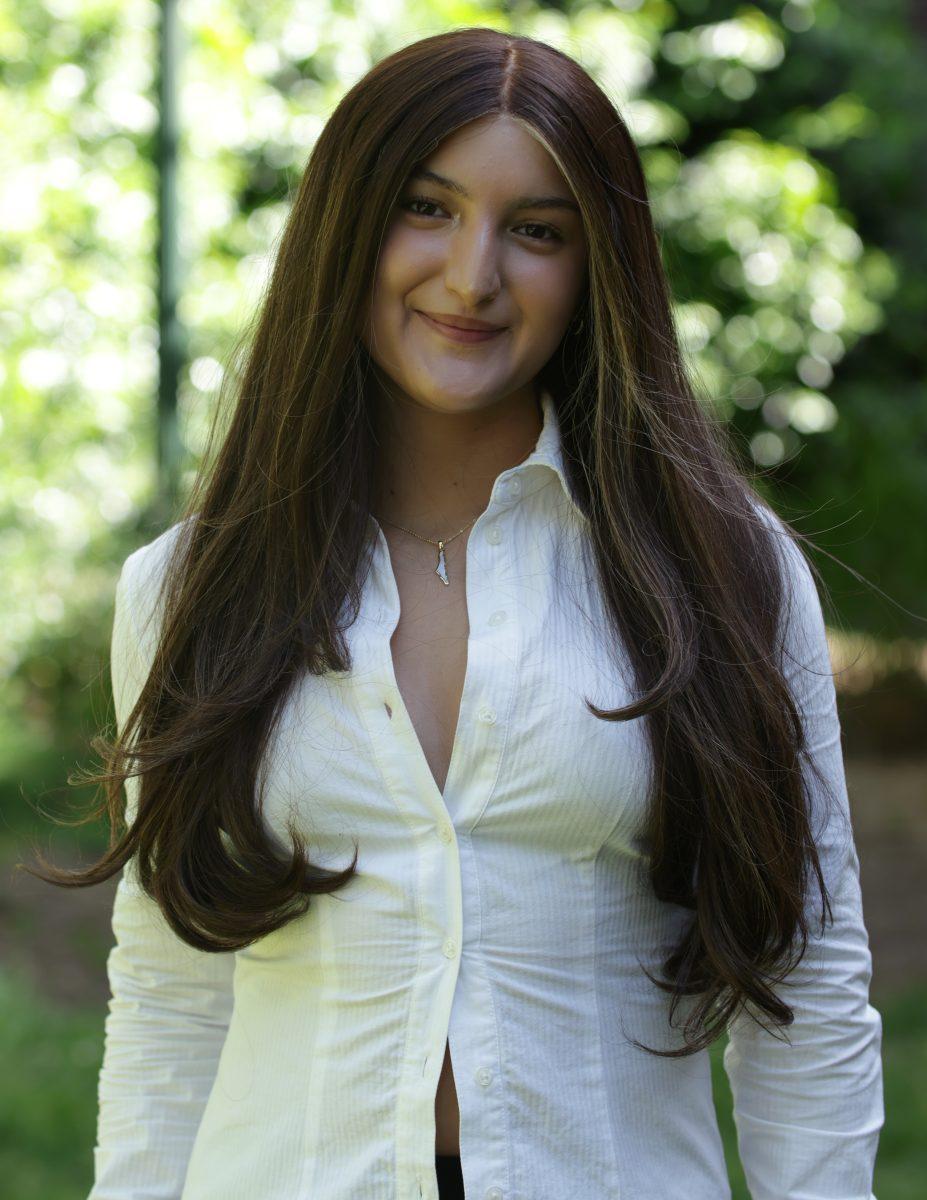Introduced as a man who spends more than 200 days a year traveling for his craft, Alfredo Jaar, a New York-based artist, architect and filmmaker, came to UO on Feb. 21 to give a talk at the School of Art and Design. His lecture circled around current humanitarian issues, specifically the refugee crisis in Europe. Like a true performance artist, Jaar shocked his audience with uncensored images and blunt language.
As the lights dropped and the presentation began, Jaar cycled through one short clip over and over. It began with a woman, Yusra Mardini, diving into a pool, followed by a child, later named Alan Kurdi, laying lifeless at the edge of an ocean shore. As the talk progressed, Jaar continued to return to this imagery, cycling the shock factor
Born in Santiago, Chile, in 1956, Jaar permanently moved to New York in his 20s. In 1985, three years after moving to New York, Jaar was awarded the Guggenheim fellowship, which is awarded to artists who have demonstrated “exceptional creative ability in the arts and exhibit great promise for their future endeavors,” their website says.
Despite now being a successful artist, Jaar never studied art. “I never knew what art was and that’s a good thing because I improvised,” Jarr said. “Art is our constant effort to change the order of reality that was given to us,” he said, quoting Nigerian author Chinua Achebe.
Due to the political nature of Jaar’s work, he makes a great effort to understand the nuances of the situations he draws inspiration from. “I read, I talk to people [and] I investigate,” Jaar said. “I subscribe to around 67 publications around the world.”
One of Jaar’s most recent artistic endeavors was inspired by one of these publications, the Economist. In March of 2022, the Economist published a cover that showed the Ukrainian flag dripping from the middle with blood. Jaar was surprised by the cover. “They don’t cover wars,” he said of the publication.
In response to the Economist’s Ukraine coverage, Jaar decided to use his graphic design skills to create his own versions of the coverage featuring wars that he described as equal or worse to the Russian invasion that weren’t covered. These countries included Yemen, South Sudan, Ethiopia, Afghanistan, Iraq, Syria, Myanmar and Palestine. “These are all our wars,” Jaar said.
Jaar did not stop at creating the covers — he sent each one to the Economist. “I’m still waiting for an email from the editor,” Jaar said.
Another notable project of Jaar’s involved visibility and unhoused people in one of the world’s richest cities, Montreal, Canada. Jaar visited Montreal seven times to “understand the essence of the place” before beginning his project.
During this time, he discovered that there were roughly 15,000 unhoused people living in the city. “All the men I talked to, they told me ‘We are invisible,’” Jaar said.
Wanting to shed light on their lack of visibility, Jaar installed red lights in the Copula of Marche Bonsecours, formerly the house of Parliament of United Canada. These lights were connected to three shelters, and when a small button was pressed, the Copula would light up for a second.
“I wanted to give visibility to the homeless without exposing their faces,” Jaar said.
Titled “Lights in the City,” the project existed for six weeks before it was shut down by the mayor of Montreal.
Jaar’s recent work has centered around the refugee crisis in Europe, specifically in the Mediterranean, which Jaar calls a “cemetery for immigrants rejected citizenship.”
As Jaar flashed through graphic images of the refugee crisis, the room fell silent and attendees widened their eyes in grief and guilt.
In response to the events of Oct. 7, Jaar’s most recent project is titled “Tonight No Poetry Will Serve,” named for Adrienne Rich’s poetry collection. The project took two forms — giant billboards displaying the message, followed by the phrase “maybe tomorrow night,” as well as a website with testimonies from poets around the world.
Jaar ended the lecture by circling back to Yusra Mardini and Alan Kurdi. Kurdi was a young boy who washed ashore on the Greek island of Kos, one of at least 12 Syrians who drowned while trying to reach the island. Jaar described the scene as “the beach where Europe dies.”
While Kurdi symbolized the severity of the refugee crisis, Jaar contrasted his story with that of Yusra Mardini, a Syrian refugee who survived the journey to Europe and ultimately competed in the Rio Olympics in 2016. Mardini’s survivor story is one of resilience and strength, a glimmer of hope in the bleakness of Jaar’s lecture.
Despite the overall heaviness in the room as Jaar concluded his lecture, he closed with one final statement of hope: “Never give up.”



